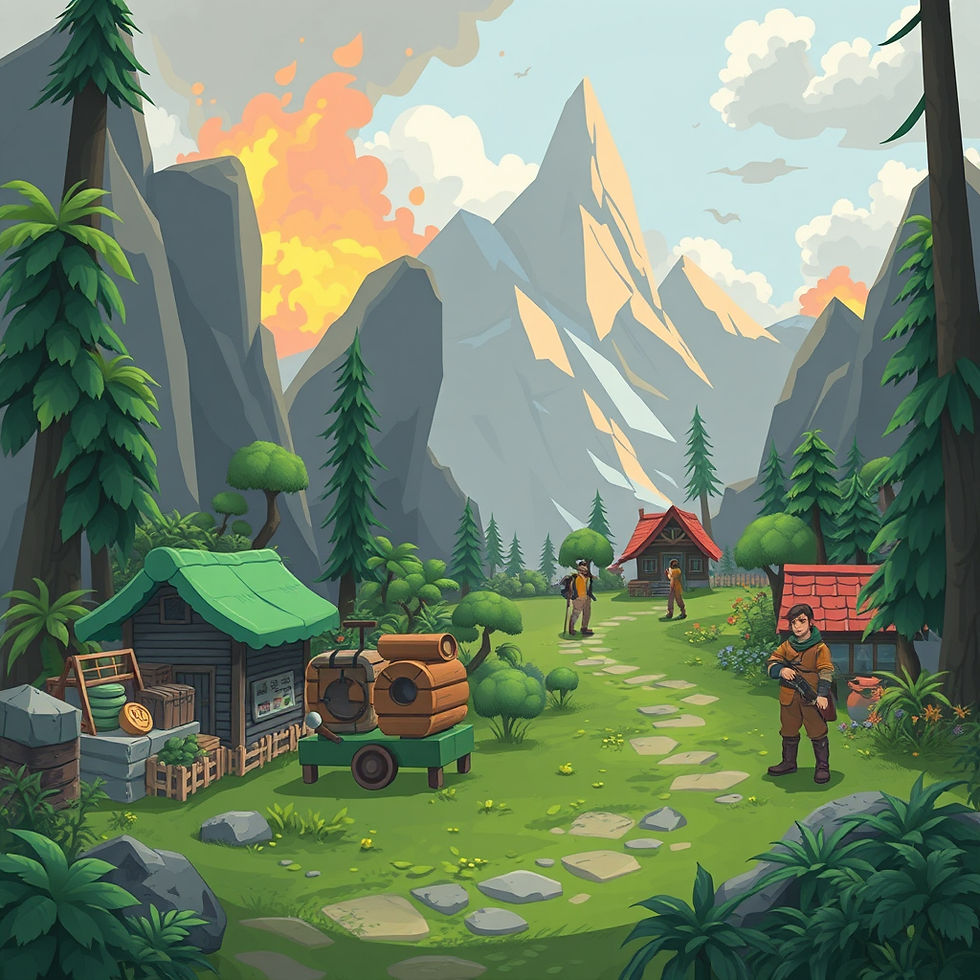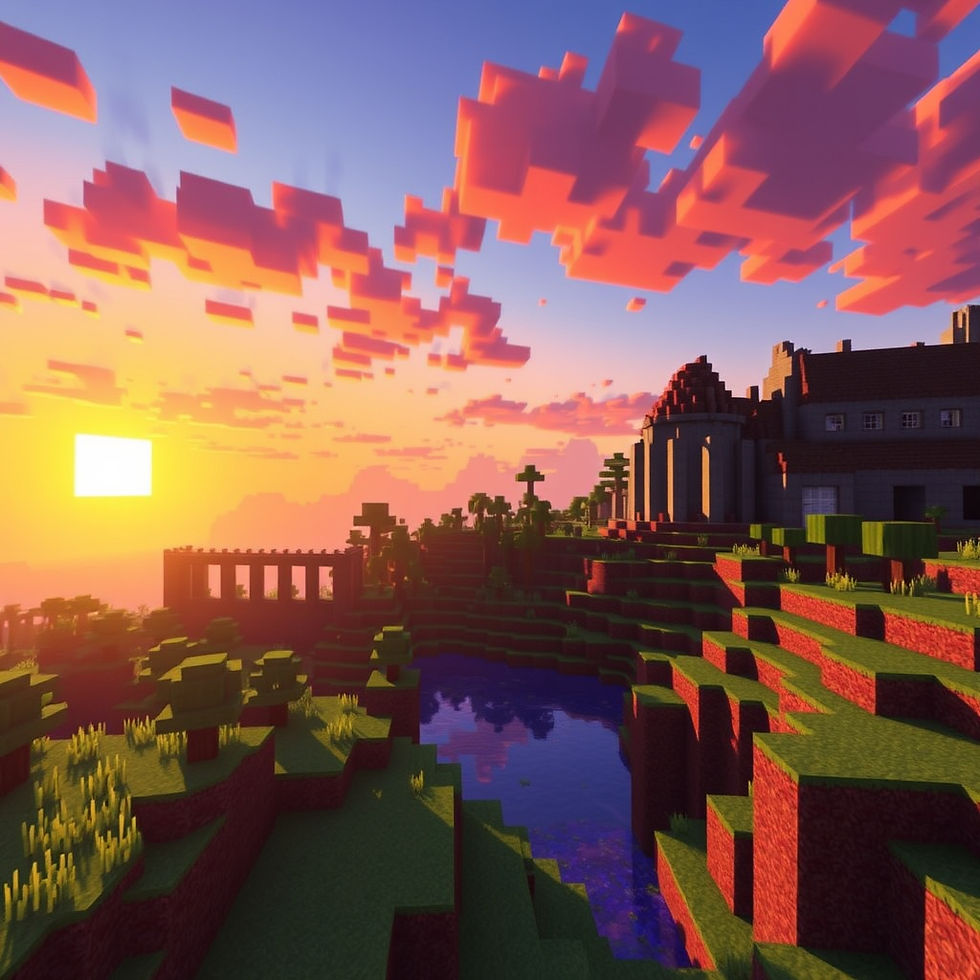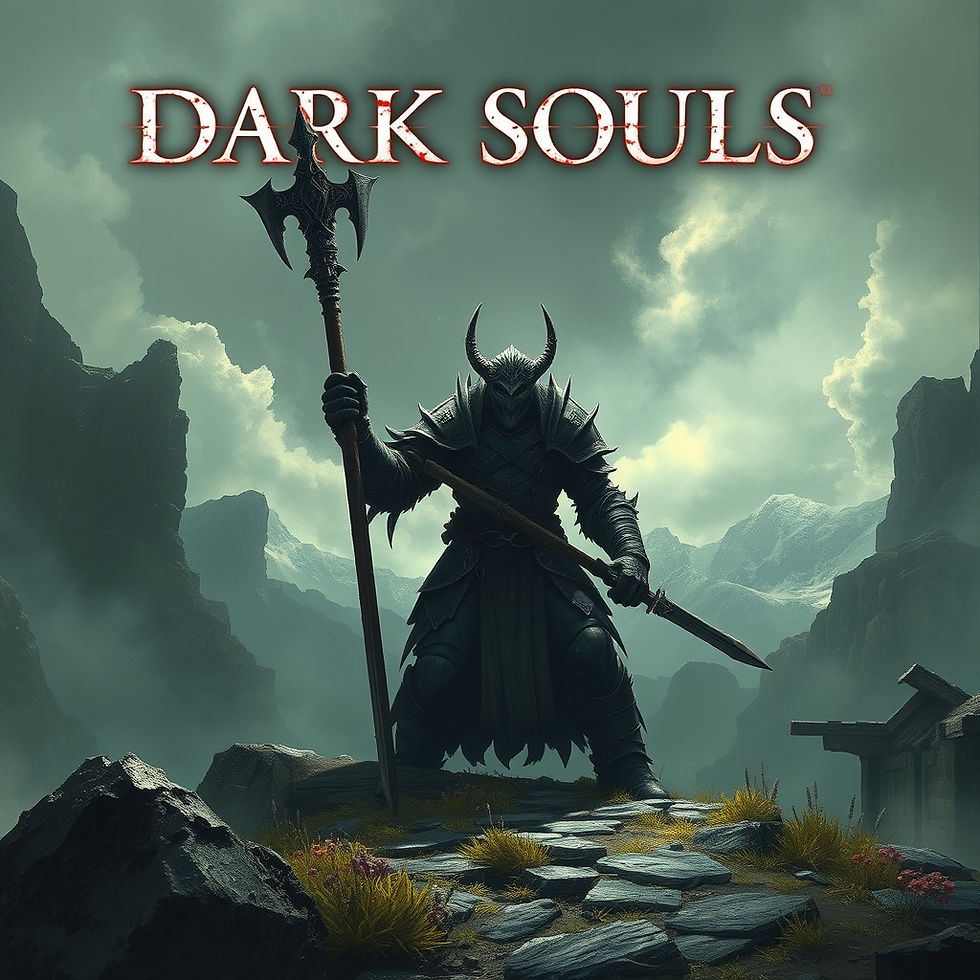The Hidden Economy of 3D Game Assets
- Geniuscrate

- Sep 13
- 2 min read

Most players see polished 3D environments and characters on screen, but behind the scenes, there’s a vast economy driving how those assets are created, traded, and reused. Game art isn’t just design; it’s also value creation in one of the fastest-growing industries.
From Asset Libraries to Bespoke Creations
Indie studios often rely on pre-made asset libraries, where cost efficiency is critical. AAA studios, on the other hand, invest in bespoke 3D assets that give their games unique identity. The choice between buying assets and commissioning them is a delicate balance of budget, speed, and artistic vision.
The Time-Cost Paradox
High-quality 3D game art takes time. Yet, the industry demands faster releases and constant updates. This has created a paradox where studios must invest more resources to produce assets quicker than ever. Outsourcing to specialists like GeniusCrate resolves this tension by ensuring quality at scale.
Resale and Repurposing
A fascinating trend is the repurposing of 3D assets across projects. With slight modifications, a ruined castle wall from one game can become a dystopian skyscraper in another. This hidden recycling economy keeps costs manageable while giving artists room to innovate.
Why It Matters for Developers
Understanding the economics of 3D asset creation can shape smarter development strategies. Investing in custom hyper-realistic environments or intricate characters isn’t just an artistic choice, but it’s a financial one, directly influencing a game’s reception and profitability.
The GeniusCrate Perspective
At GeniusCrate, we combine artistic craftsmanship with an understanding of the industry’s economic pressures. By leveraging Maya, Blender, Substance Painter, and Unreal Engine, we deliver cutting-edge assets that are both cost-effective and visually stunning, ensuring our partners maximize both creativity and ROI.
Conclusion
Behind every digital landscape lies an economy of ideas, budgets, and artistry. Studios that understand the financial side of 3D game art gain an edge, creating worlds that are both unforgettable and sustainable.



Comments